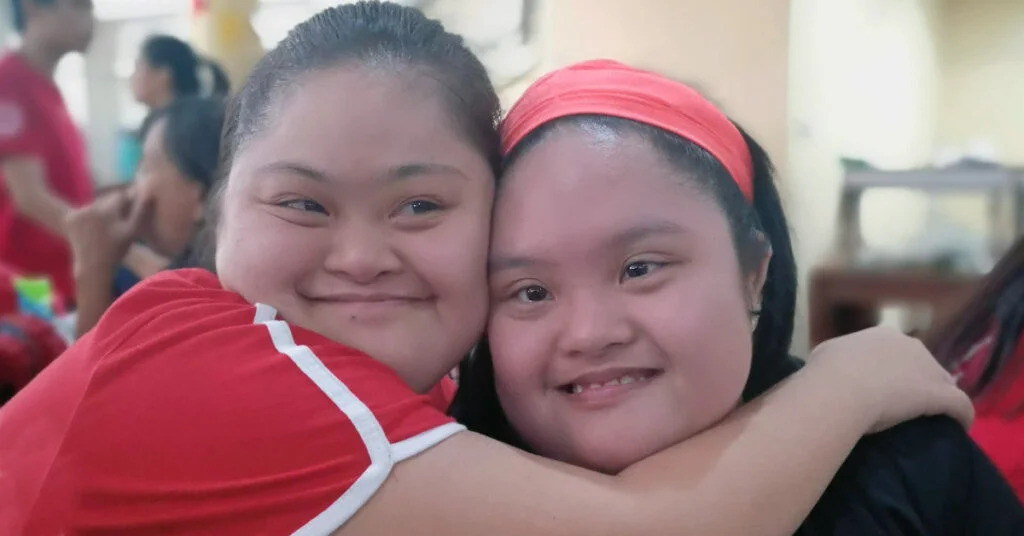Down syndrome is the most common chromosomal condition, but it remains to be one of the most misunderstood disabilities to date
Among the many kinds of intellectual disability, a person born with Down syndrome is the most uncomplicated to identify because of its apparent physical features. But beyond this distinctive quality, there is a lot more to learn about persons with this kind of intellectual disability.
According to DSAPI or the Down Syndrome Association of the Philippines Inc., there are approximately 1,875 babies born with Down syndrome each year and the prevalence is 1 out of 800 live births. This brings about 100,000 households living with a person with Down syndrome.
In this article, facts about Down syndrome will be highlighted to provide better understanding about this condition and to dispel some of the most common misconceptions associated among people with this kind of intellectual disability.
What is Down syndrome?
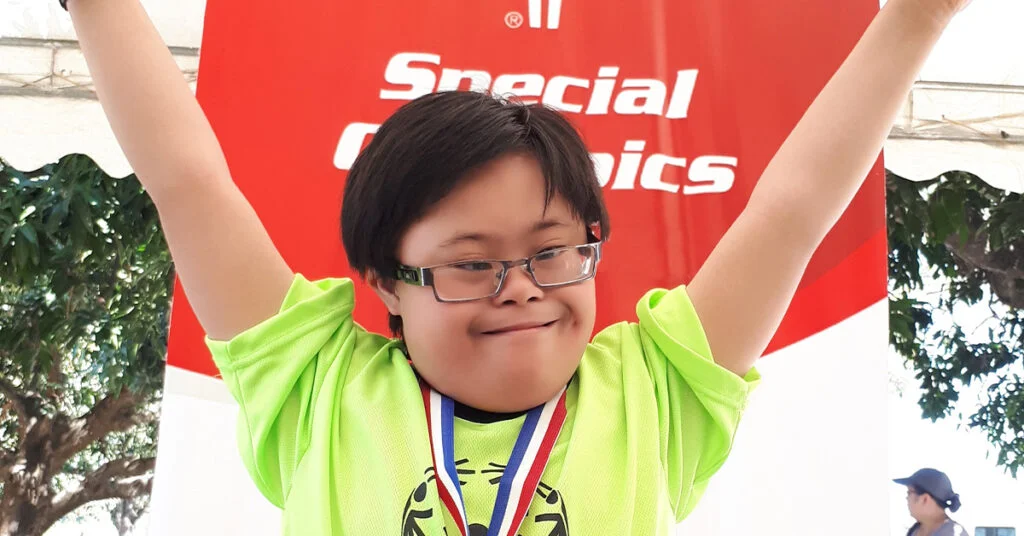
Down syndrome is a chromosomal condition—and the most common of which—wherein a baby is born with an extra copy of their chromosome 21, giving them a total of 47 chromosomes instead of the typical 46 from the mom and dad. This genetic condition of having an extra chromosome is medically called trisomy, so Down syndrome is also referred to as trisomy 21.
These chromosomes are responsible for the development of a baby’s body and functions during pregnancy and after birth. Because of the extra chromosome, a person with Down syndrome will experience developmental delays as compared to those without the disability. (without this condition)
Dr. Alexis Reyes, a developmental pediatrician, and an Associate Professor at the Department of Pediatrics at the Philippine General Hospital, says that Down syndrome is often subjected to the misconception that it is a disease. However, the appropriate management of Down syndrome is relatively the same to a person with an intellectual disability.
What are the common physical characteristics of persons with Down syndrome?
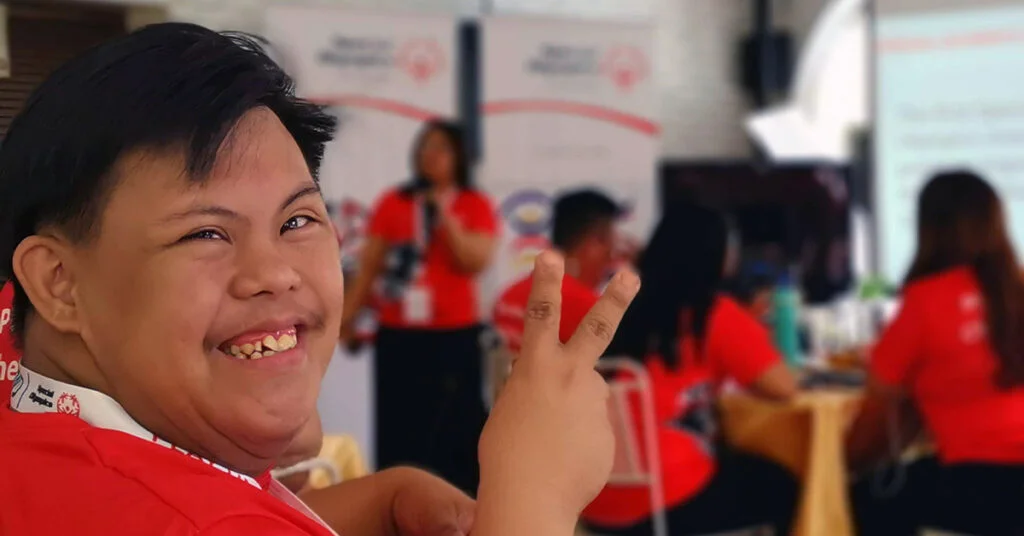
As mentioned, people with Down Syndrome are easy to spot based on their looks. Typically, they have flattened facial features, particularly in the nose, eyes that slant upward with skin that folds on the corner of the upper eyelid, a small head, ears, and mouth with a protruding tongue, a short neck with excess skin at the nape, and a short stature with even smaller hands and feet.
What are the developmental delays of persons with Down syndrome?
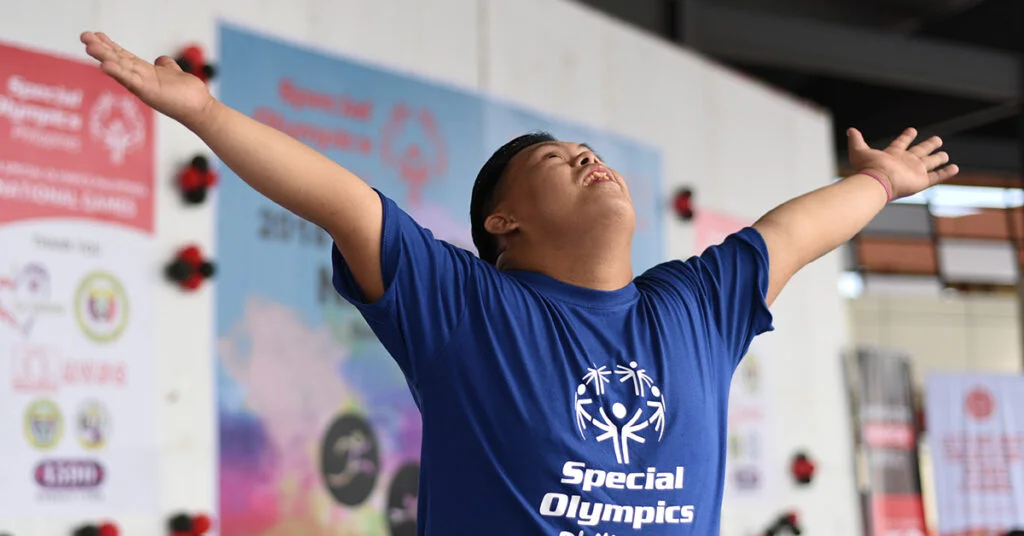
A child without any condition like intellectual disability reaches his or her developmental milestones at their own pace. This also holds true for persons with Down Syndrome, albeit slower as compared to other children their age, they will, and they can achieve these developmental milestones with proper guidance, management, and care.
The cognitive development of persons with Down syndrome is one developmental domain where most of them are challenged. Cognitive skills involve the capacity to think, to reason and to remember. This explains why most of them will have difficulty adjusting with academic tasks as this will require them to understand, memorize and focus their attention.
Another area where persons with Down syndrome may have difficulty with is on their movement skills or their gross motor skills. This includes the child’s ability to move their big muscles for sitting, standing, jumping, running and many more. The ability to move also includes skills in coordination, balance and body awareness where most of them have challenges.
Speech difficulty and behavior concerns are also areas that most people with Down syndrome experience. Because of these delays, they may have difficulty with their expressive and receptive language and the inability to regulate their emotions which results in quick mood changes and temper tantrums.
How do you diagnose Down syndrome?
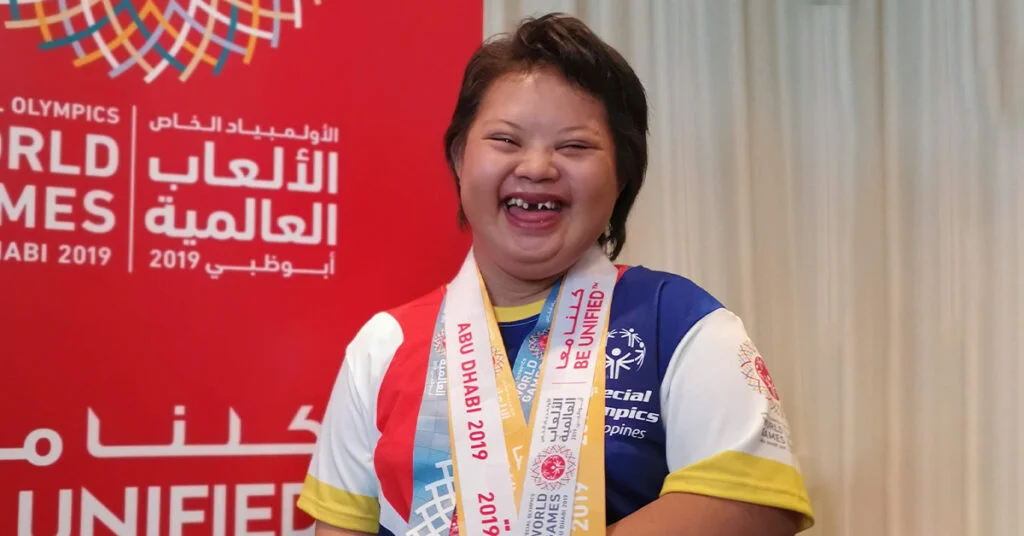
There are two ways to diagnose Down syndrome: prenatal and at birth.
Prenatal Diagnosis
Couples can get tests before a baby is born (i.e. while the mother is pregnant). A prenatal screening test provides an estimated probability of a child having Down syndrome, while a diagnostic test provides 100 percent accurate results.
At Birth Diagnosis
Due to the common physical characteristics mentioned above, it is easy to identify a baby with Down syndrome immediately after birth. However, a chromosomal analysis called karyotype is done to confirm the diagnosis. It is a test wherein a blood sample is taken to analyze the baby’s cells.
What are the common causes of Down syndrome?
Although Down syndrome is the most common chromosomal disorder in the world, there is still no explanation for why the extra chromosome develops. The only risk factor associated with having a higher chance of having a baby with Down syndrome is maternal age. The risk among older women gets higher as they age, although it was observed that 80 percent of children with Down syndrome are born to mothers who are 35 years old and younger since most women give birth at a younger age.
There are no studies linking environmental factors or even lifestyle activities before and during pregnancy as the causes. Though Down syndrome is a genetic issue, it is also non-hereditary, which means that it is not passed down from the parent to the child.
How do you take care of persons with Down syndrome?
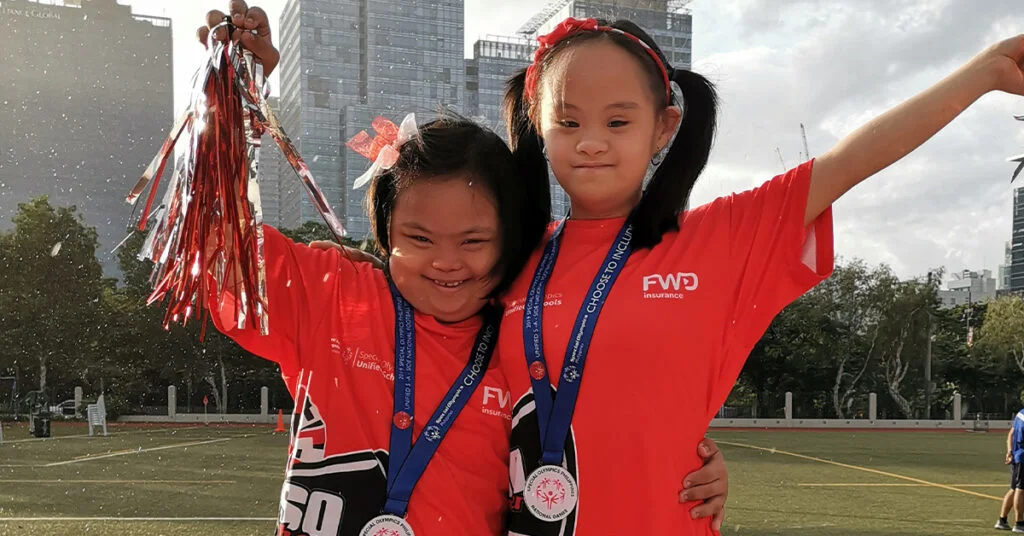
As a parent of a child with Down syndrome, the most important thing that you can do is to learn everything that you can about your child’s condition so that you can address their specific needs accordingly. Read as many books as you can, talk to as many professionals as possible, and join support groups to get their input.
There will indeed be development changes for persons with Down syndrome, but proper care can help their conditions improve.
1. Improve learning abilities
There’s a difference between teaching and plainly instructing. Teach your child with Down syndrome how to do certain things step-by-step through a careful demonstration instead of dishing out verbal instructions. Compliment them when they learn something new and celebrate simple milestones with them.
Keep a simple daily routine that your child can stick to, with a specific time for everyday activities (i.e. mealtimes, bedtime, bath time, playtime) to help them function better. Allow them to have their own space and time to do simple household chores by themselves as well.
When a person with Down syndrome makes a mistake, acknowledge it in a way that would not discourage them.
2. Improve communication skills
Since speech delay is fairly common, help your child communicate nonverbally through the use of signs or pictures. Speak to them clearly, calmly, and with a regular tone as you would any person without intellectual disability. Learn new words by reading books or singing songs together.
3. Improve coordination and motor skills
Simple tasks like playing with play dough, and building blocks can help a person with Down syndrome develop their motor skills. Additionally, art activities like drawing, painting, and the guided use of scissors can help as well.
Remaining active through dance and sports is a great way to improve their coordination, balance, and overall movements that involve the entire body.
4. Improve overall condition
Make sure to take them to regular health check-ups. If financial situations will permit, bring them to specialists (i.e. speech, physiotherapy, etc.) to further address their needs. Look for programs that can help develop the social skills of your child with Down syndrome like Special Olympics Pilipinas.
Champion inclusion for persons with Down syndrome

Special Olympics Pilipinas is the accredited program in the Philippines of the global movement aiming to build an inclusive community for persons with intellectual disabilities through sports and other inclusive activities. By supporting our organization, you can also support the Special Olympics Athlete Leadership Program, which also includes our athletes with Down syndrome.
Learn more about how we help build a fully inclusive future for persons with Down syndrome.

